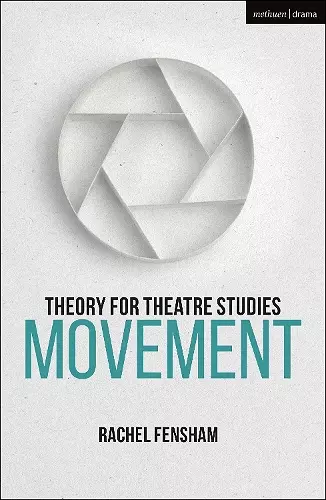Theory for Theatre Studies: Movement
Rachel Fensham author Susan Bennett editor Kim Solga editor
Format:Paperback
Publisher:Bloomsbury Publishing PLC
Published:25th Feb '21
Should be back in stock very soon

A foundational text for students of theatre and performance, introducing theories of movement as they have been understood in critical discussions of theatrical productions and performances and underpinned by case studies.
How do we define movement in performance? Who or what is being moved and how? And which movements are felt, observed, or studied, in theatre?
Part of the Theory for Theatre Studies series which introduces core theoretical concepts that underpin the discipline, Movement provides the first overview of relevant critical theory for students and researchers in theatre and performance studies. Exploring areas such as vitality, plasticity, gesture, effort and rhythm, it opens up the study of theatrical production, live art, and intercultural performance to socio-political conceptions of movement as both practice and concept. It covers movement training systems and considers how they have been utilized in key works of the 20th and 21st centuries. The final section traces the convergence of movement in theatre with other media and digital technologies.
A wide range of in-depth case studies helps to equip readers to explore new methodologies and approaches to movement as a performance concept. These include analysis of Satoshi Miyagi's production of Sophocles' Antigone (2017), Thomas Ostermeier's production of Ibsen’s Hedda Gabler (2008), the Berliner Ensemble’s Mother Courage (1949), The Constant Prince (1965) performed by Ryzsard Cieslak, and the National Theatre’s production of War Horse (2007). The final section considers a suite of concepts that shape postdramatic and intermedial theatre from China, Germany-Bangladesh, Australia, the United States, and United Kingdom. The volume is supported by further online resources including video material, questions, and exercises.
This book convincingly demonstrates why a focus on the kinaesthetics of theatre—and theatrical embodiment more generally—is as important as the study of dramatic writing, acting, and scenography. The author writes with considerable erudition about the topic, but in a way that is almost always immediately accessible. -- Peter Dickinson, Simon Fraser University, Canada
ISBN: 9781350026360
Dimensions: unknown
Weight: 230g
208 pages